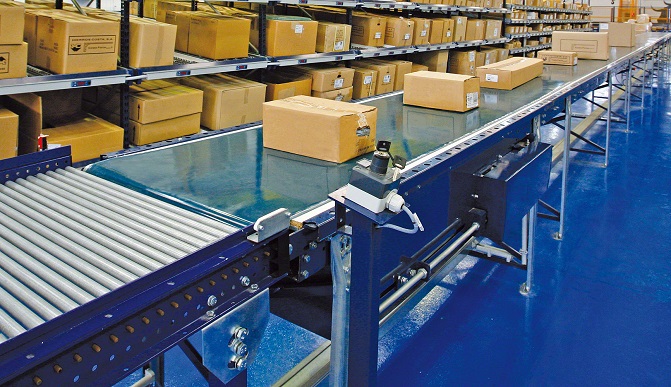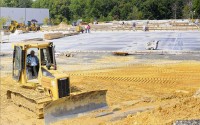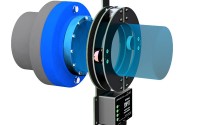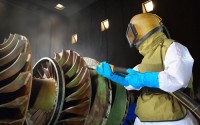Conveyors: The Ideal Piece of Material Transporting Equipment
Conveyor belts are one of the most commonly used mechanical product handling pieces of equipment in many industries. You can see them at scrapyards, warehouses, airports and anywhere in between. They can basically be utilized anywhere where items need to be transported from one place to another, and they make the process convenient, faster and easier for everyone involved. An industrial conveyor, however, is not quite the same as a conveyor you’d see on an airport, simply because this type is designed for extreme weather conditions, extremely large workloads, and moving objects at very odd angles.

If it weren’t for conveyors, many people would have to move products manually, which is a very taxing and labor-intensive task, which creates a wide array of human resource challenges and issues. In other words, human labour is expensive and less efficient in the long run, so conveyors act as the ideal alternative in the manufacturing, transportation, pharma, food and many other industries.
There are various different types of conveyor belts, and they come in different shapes and sizes. Some of the most common types are: steel belt conveyor, slider bed conveyor and chain belt conveyor.
- The chain belt models are also known as chain edge, and they’re specifically designed to carry a high quantity of products. They’re typically found on work floors transporting waste materials, used to feed side eject balers, as sorting line feeds and mixed lines.
- Steel belt models have two basic designs – steel apron and piano hinge. They can carry extremely heavy weights, oftentimes ranging anywhere from 20T to 50T an hour. Due to this, they’re commonly used in heavy feeder applications like heavy-duty mixed waste lines, compactors, and 2 RAM scrap balers.
- Slider models are used where chain belts are too weak and steel belts are too heavy. Their capacity can range anywhere between 1T to 15T, and their speed shifting mechanism can be tuned, allowing for either fast or slow operations. They’re most commonly used for feeding horizontal and side eject balers.
But regardless of what type of model you choose, you can rest assured you’ll get huge benefits over having employees perform the dull, taxing tasks of feeding. Moreover, you get the ability to load and unload products continuously over long time periods, even if it’s across multiple levels of a facility. Additionally, conveyors can move in either direction, which can be useful if products need to be moved between two opposing ends of a facility during a manufacturing process.



